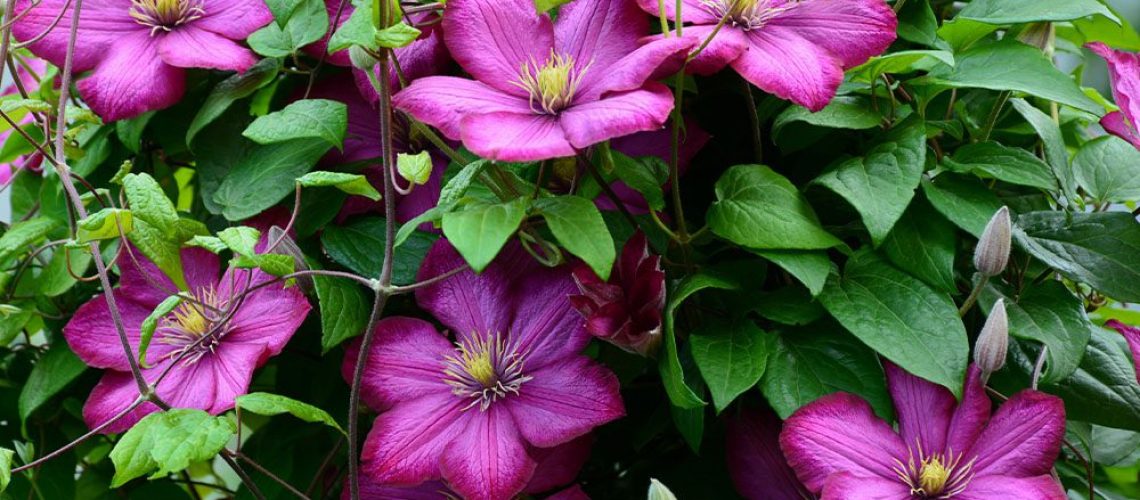5 Things Your Struggling Clematis Needs to Flourish In Victoria, BC
Clematis can thrive in Victoria, BC, with the right care

Clematis plants are known for their beautiful, vibrant flowers and can thrive in Victoria, BC, with the right care. If your clematis is struggling, there are several areas to focus on to help it flourish:
- Proper Planting Location: Clematis prefers a location with at least 6 hours of sunlight each day, but its roots should be kept cool and shaded. This can be achieved by planting other low-growing plants around the base of the clematis or using a mulch to shade the roots.
- Soil Conditions: These plants thrive in well-drained, moist soil with a neutral to slightly alkaline pH. If your soil is heavy or clayey, improve drainage by incorporating organic matter such as compost or well-rotted manure. If the soil is too acidic, consider adding garden lime to adjust the pH.
- Watering Needs: Clematis needs consistent moisture to thrive, especially during the growing season. Water deeply to encourage deep root development, but ensure the soil drains well to prevent root rot. During hot, dry periods, additional watering may be necessary to keep the soil moist.
- Mulching and Root Protection: Apply a layer of organic mulch around the base of your clematis to help retain soil moisture, keep the roots cool, and suppress weeds. Avoid piling mulch directly against the stem to prevent rot.
- Fertilization: Feed your clematis in early spring with a balanced, slow-release fertilizer to support growth and flowering. A second application of fertilizer can be beneficial when the first flush of flowers begins to form. Clematis benefits from a good supply of phosphorus to encourage blooming, so choose a fertilizer with a higher phosphorus content (the middle number in N-P-K ratio).
- Pruning: Proper pruning is crucial for clematis, as it encourages strong growth and flowering. The pruning group of your clematis (1, 2, or 3) dictates when and how it should be pruned. Group 1 clematis bloom on old wood and require minimal pruning right after flowering. Group 2 plants bloom on old and new wood and should be lightly pruned in early spring and after the first bloom. Group 3 clematis bloom on new growth and should be pruned back hard in late winter or early spring.
- Pest and Disease Management: Watch for signs of pests and diseases such as clematis wilt, powdery mildew, and aphids. Good cultural practices can prevent many issues, but affected parts should be removed and destroyed if diseases appear. For pests, use appropriate organic or chemical controls as needed.
- Support Structures: Clematis are climbing vines and need support to grow upwards. Provide a trellis, fence, or other structure for the plant to climb on. This not only helps the plant grow in the desired direction but also can prevent damage from wind or heavy rains.
By addressing these key care aspects, you can help your struggling clematis recover and thrive in Victoria, BC, showcasing its stunning blooms throughout the growing season.
